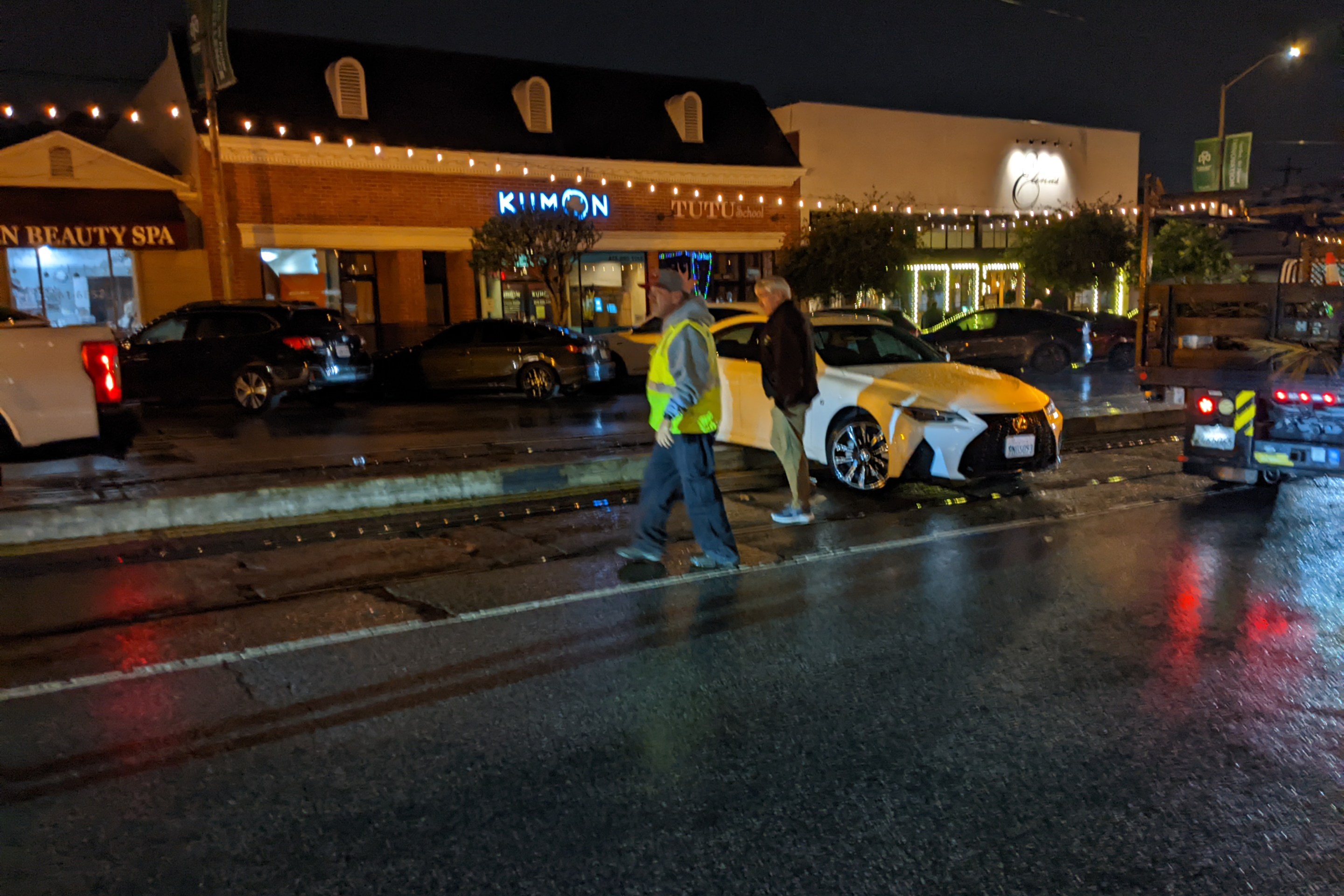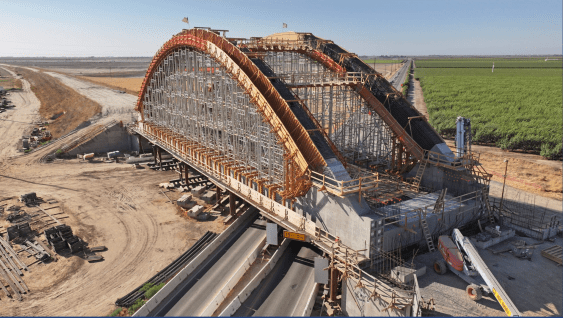The bureaucratic red tape encumbering the city's progress on life-saving pedestrian safety measures is the target of a new legislative package set to be introduced by Supervisor Scott Wiener at today's Board of Supervisors meeting.
"Current city procedures and rules significantly undermine the delivery of pedestrian safety improvements, with insufficient agency coordination and policies that de-prioritize improving pedestrian safety," Wiener's office said today in a press release.
The legislation has four components, including the creation of a new entity to streamline coordination between the different agencies involved in street design:
(1) an ordinance that mandates interagency coordination by creating a centralized Street Design Review Committee, which was a key recommendation from a 2010 Controller’s Audit [PDF]; (2) an accompanying resolution calling for city agencies to modernize street code provisions , better coordinate their efforts around public projects and to formulate clear procedures to do so [PDF]; (3) an ordinance making it easier for developers to build pedestrian safety projects and gift them to the city [PDF]; and (4) an ordinance amending the Fire Code to ensure that pedestrian safety projects are not unnecessarily impeded by the code’s definition of minimum street width [PDF].
Walk SF Executive Director Elizabeth Stampe applauded Wiener's move to help speed the implementation of safer streets. "It is critical to reduce the delays and vetoes behind closed doors that drive up costs, weaken projects beyond recognition, or kill them entirely," she said. "From Valencia to Fell and Oak to Broadway, there are examples of this on almost every street-improvement project in the city, plus many more that never happened at all, despite clear community demand. It's time to change that, and deliver on the promise of safer, better streets."
The legislation seems like a promising step toward achieving the targets set in the SF Municipal Transportation Agency's draft Pedestrian Strategy -- a 25 percent reduction in injuries by 2016, and a 50 percent reduction by 2020. The strategy calls for substantial pedestrian infrastructure improvements on five miles of "high priority" streets per year.
As Streetsblog has reported, two to three pedestrians are injured on San Francisco streets every day. Four pedestrians have been killed by drivers this year alone, and 19 were killed last year.
One commonly cited reason for SF's slow pace on pedestrian safety upgrades is what an SF County Transportation Authority official has described as "fragmented responsibility" between the SFCTA, SFMTA, the Department of Public Works, and other agencies. Wiener's proposed Street Design Review Committee would help address this issue by creating "a central clearinghouse for project disputes among agencies." His office says this "will ensure that proposed improvements are consistent with established policies like the Better Streets Plan and the Transit First Policy."
The committee would include representatives from the Mayor’s Office, DPW, the SFMTA, the Planning Department, the Public Utilities Commission, and the Office of Economic and Workforce Development.
"Currently, there is no formalized coordination among agencies when implementing pedestrian safety projects," Wiener's office said. "Instead, each department has its own veto power, with little or no requirement that agencies work together to find a path forward for projects. This lack of coordination undermines the city’s ability to deliver pedestrian safety projects."
Another component of the legislation is aimed at making it easier for developers to implement safety improvements on the streets surrounding their sites. An example would be the proposed sidewalk expansions and crosswalk improvements at Market and Dolores Streets, where an apartment building and Whole Foods Market are going up. Those improvements, part of an agreement to waive $510,000 in developer impact fees, are going to the Planning Commission on Thursday with the support of Wiener, who represents the district.
Wiener says this type of improvement is hampered because the city requires developers "to go through what can be years of uncoordinated permit approvals" and other red tape. By creating a new "Public Improvement Permit," his proposal aims to streamline the process for developers to construct safety improvements.
Wiener also seeks to amend the city's Fire Code, since pedestrian safety improvements like corner bulb-outs can be blocked by a "strict interpretation" of minimum requirements for street widths to accommodate fire trucks. He's proposing to exempt unobstructed pedestrian infrastructure from those requirements. Since the changes to those rules are restricted by California's state Fire Code, the legislation also includes a resolution [PDF] urging the state legislature to give local governments "more flexibility in determining minimum street widths."
"While our city polices identify pedestrian safety as a priority, our actual rules undermine pedestrian safety by causing projects to get tangled up by inter-agency bureaucracy, conflicting policy priorities, and outdated codes," Wiener said in a statement. "As a result, projects that do get built are unnecessarily expensive while others are either watered down or killed through death by a thousand bureaucratic cuts. We have one of the highest pedestrian injury rates in the state, and it’s imperative that we do all that we can to make our streets safer."
The legislation is expected to go to a supervisor committee for initial approval in the coming weeks.




